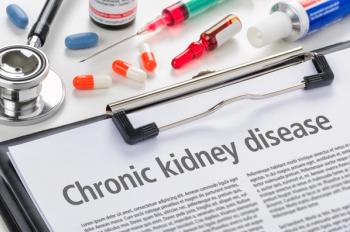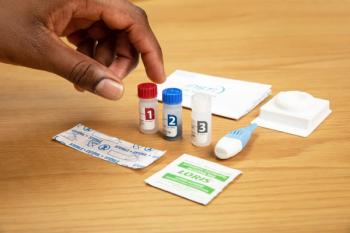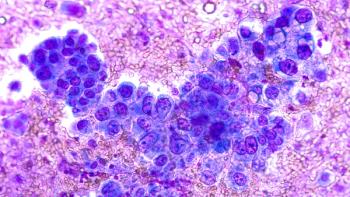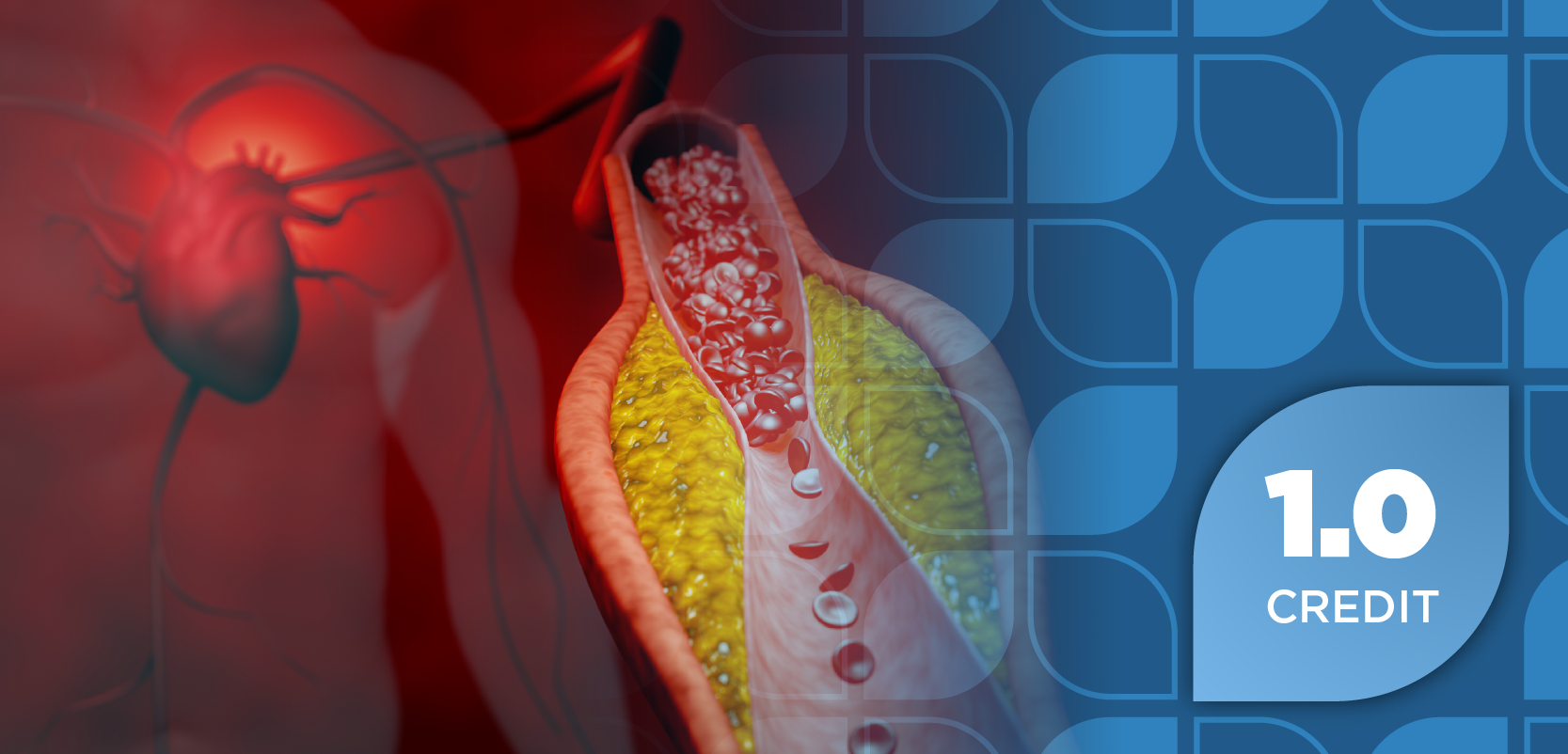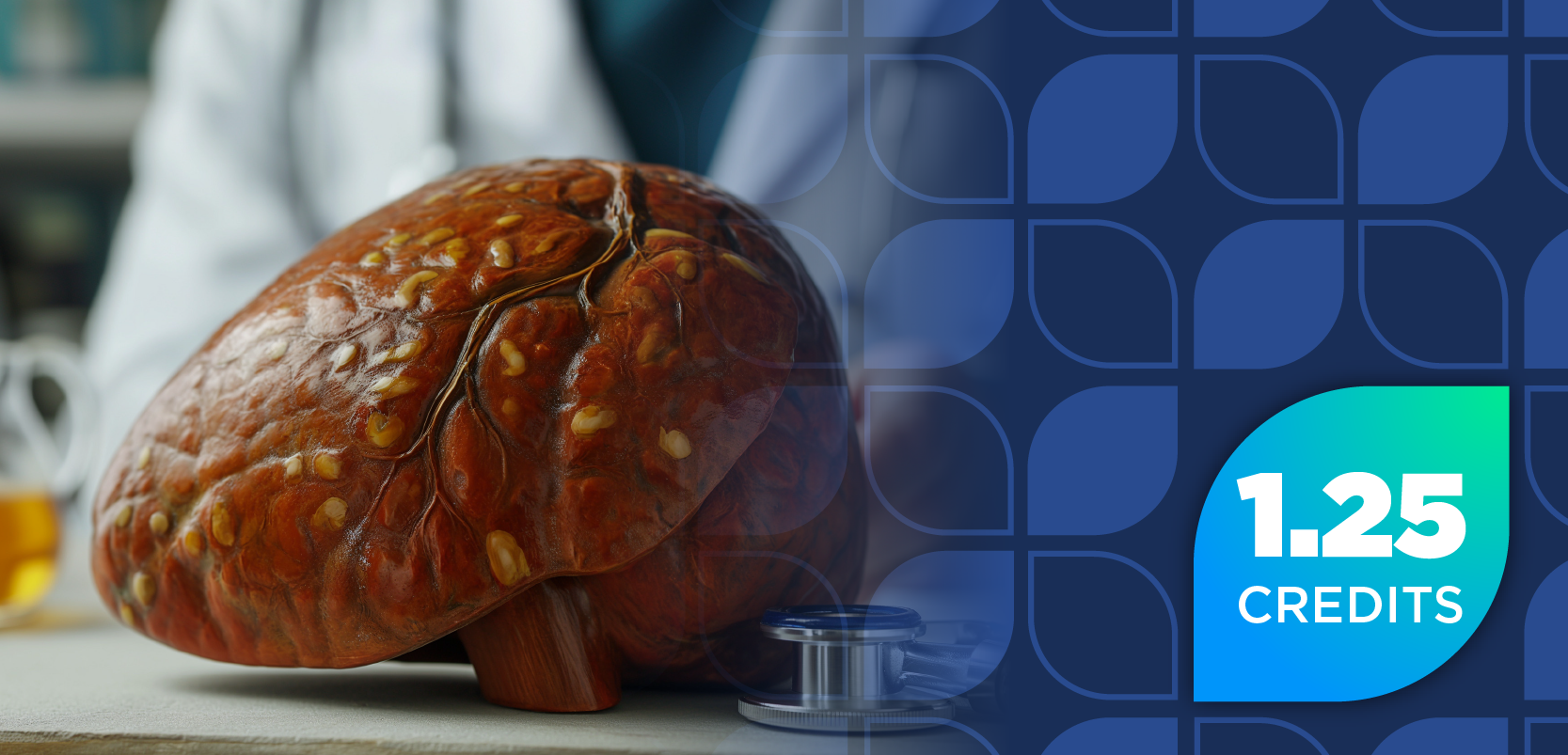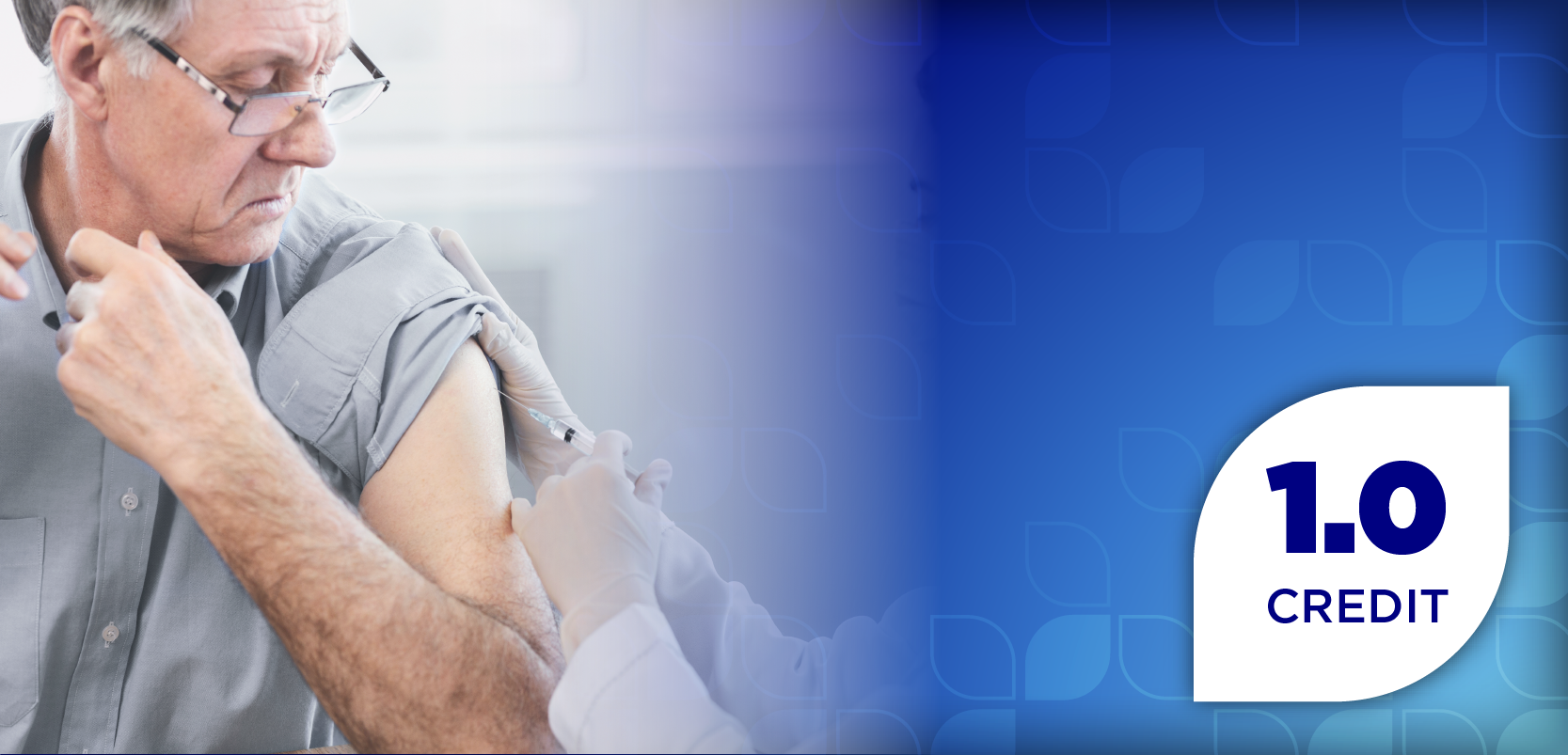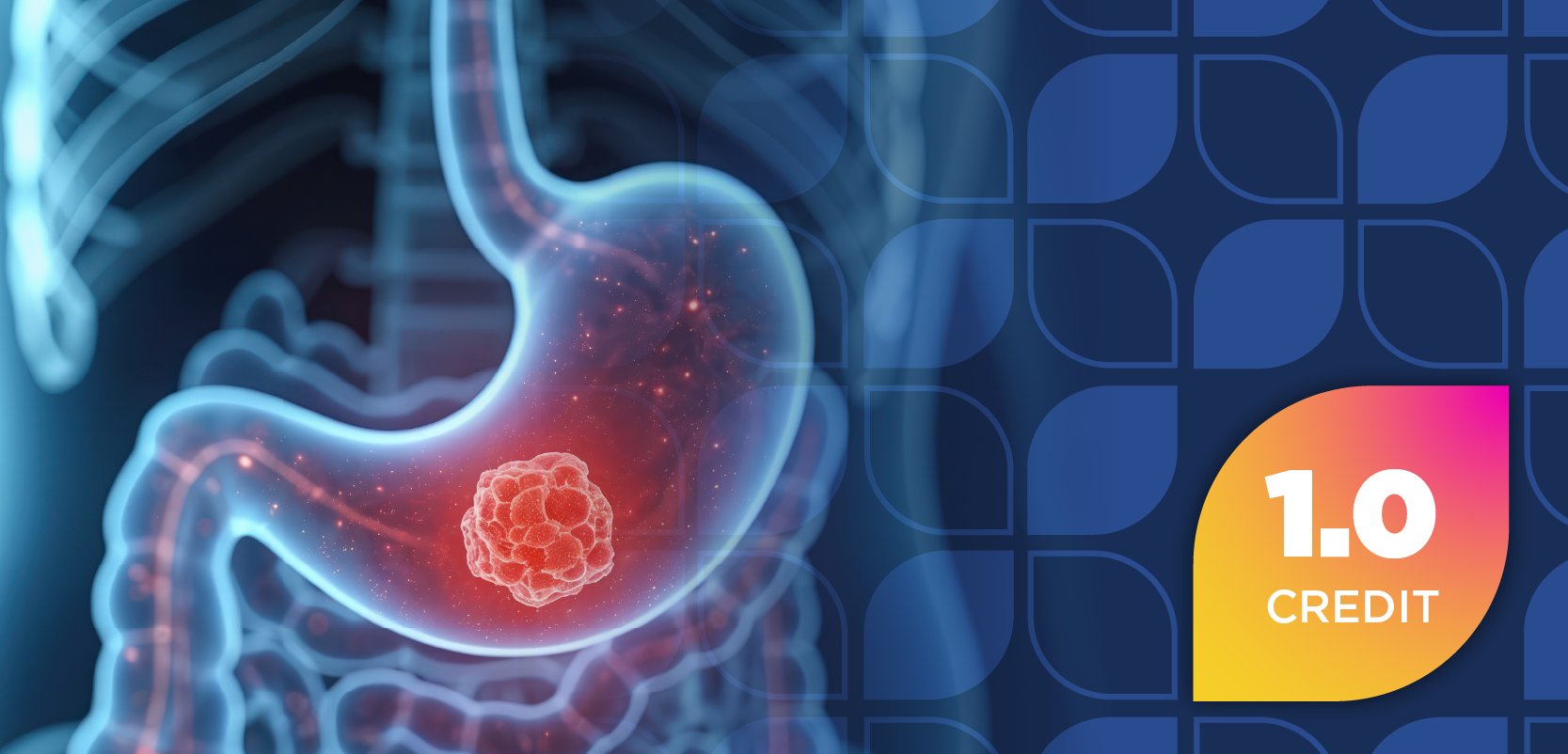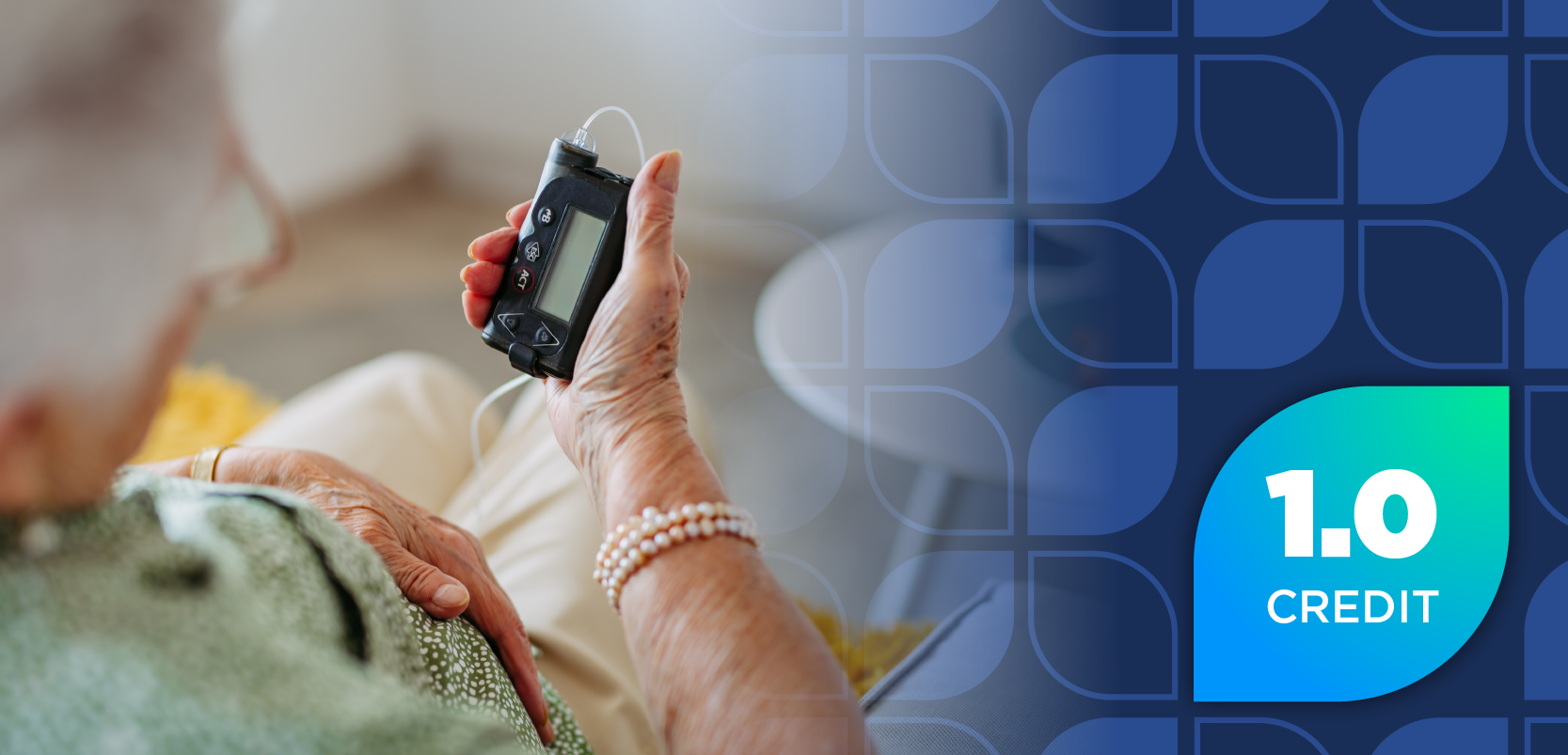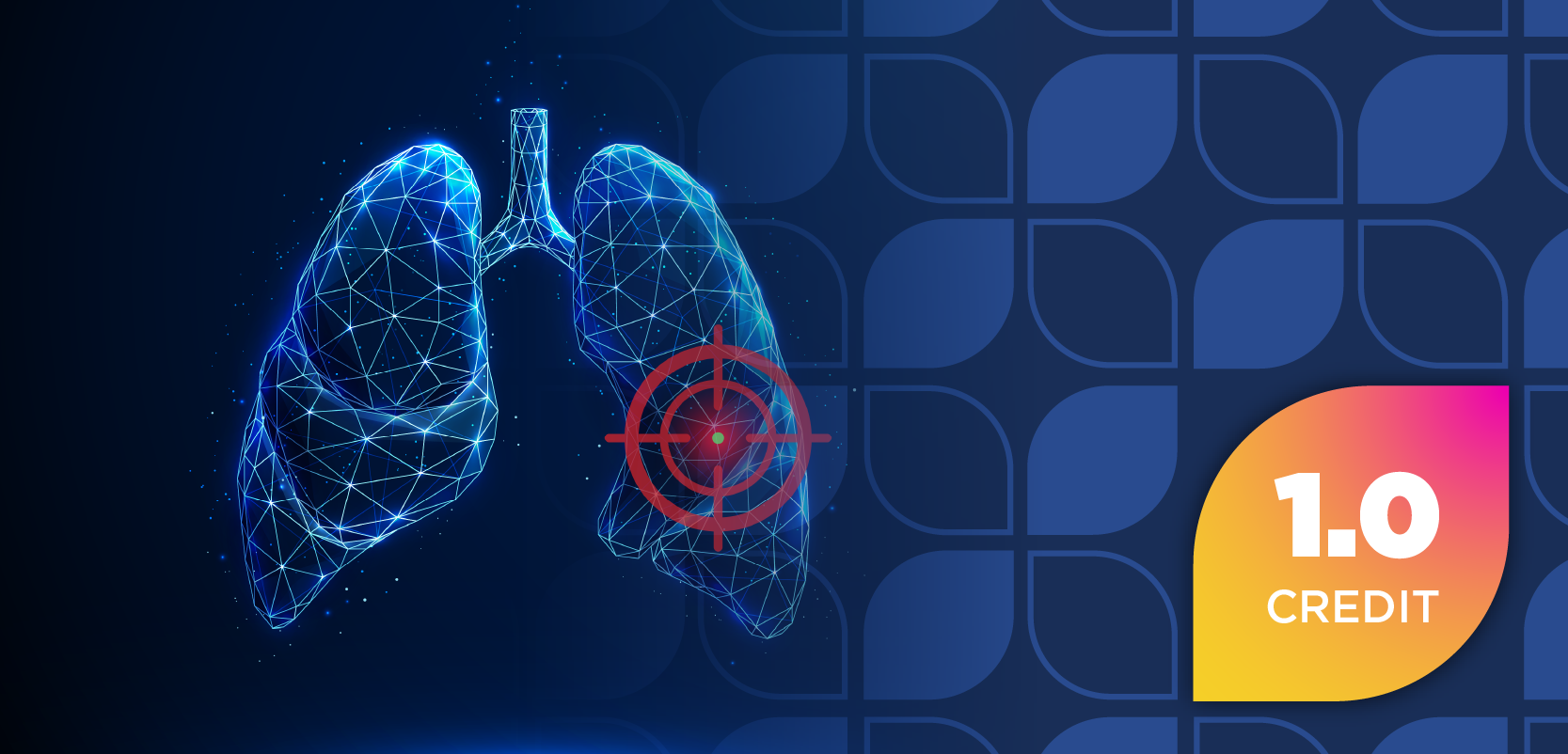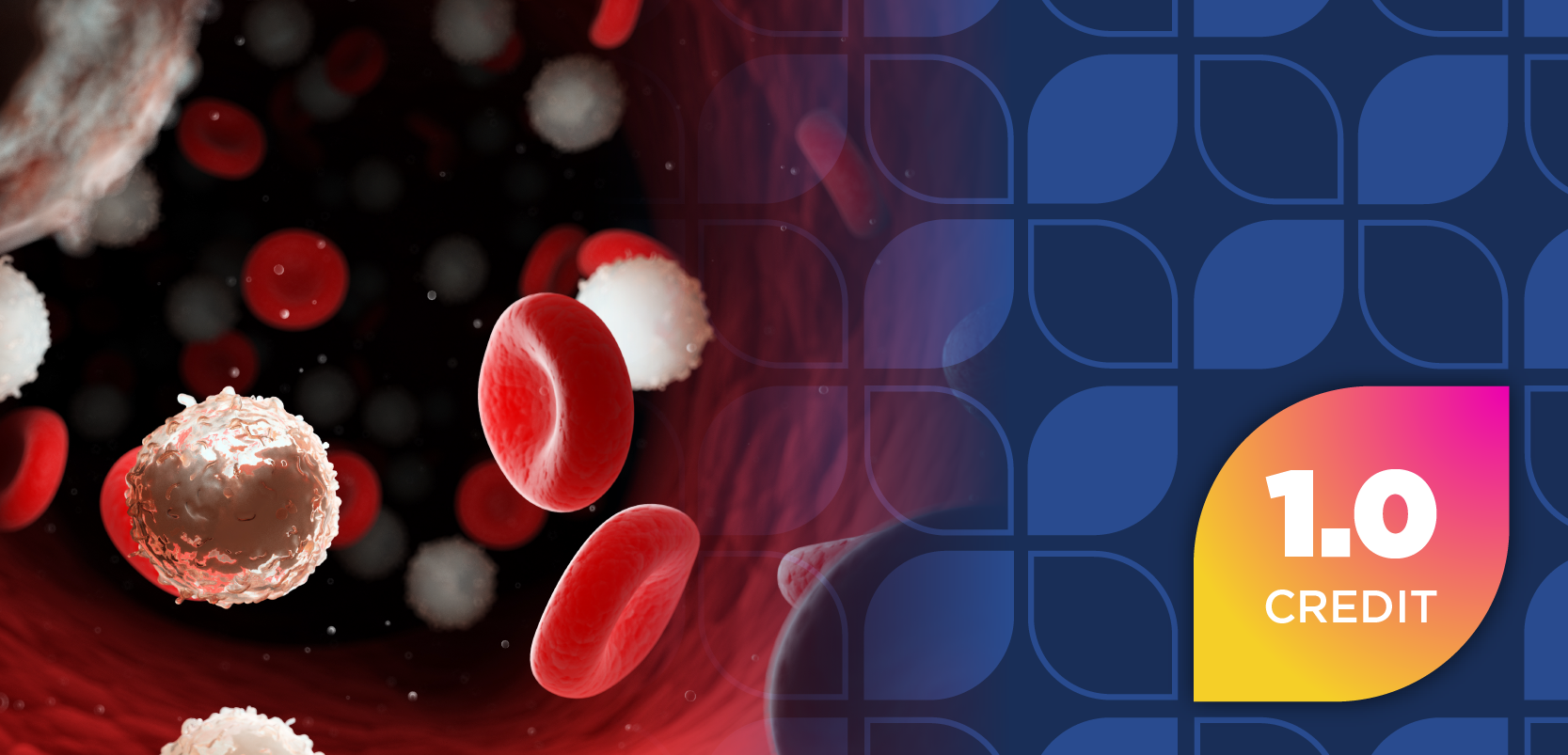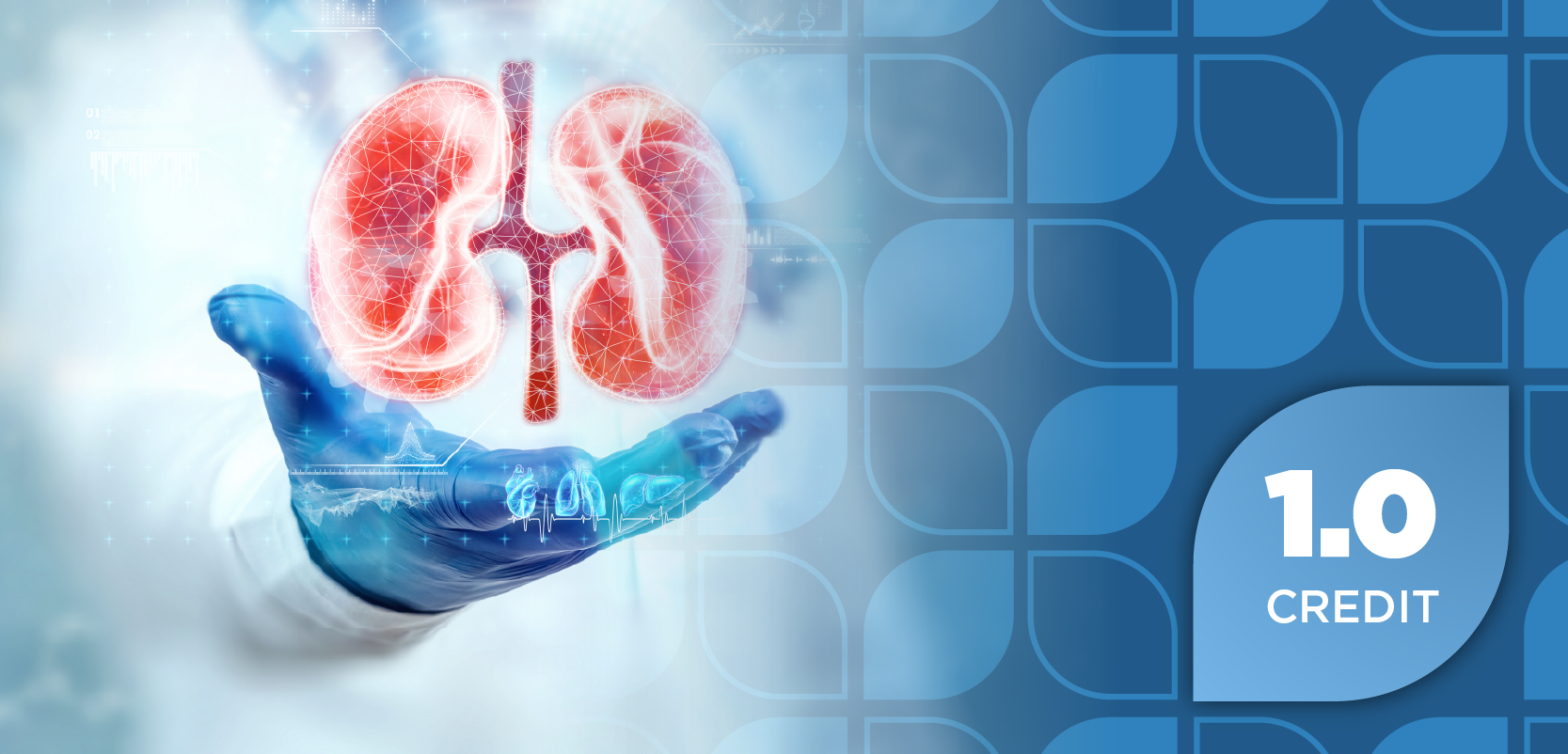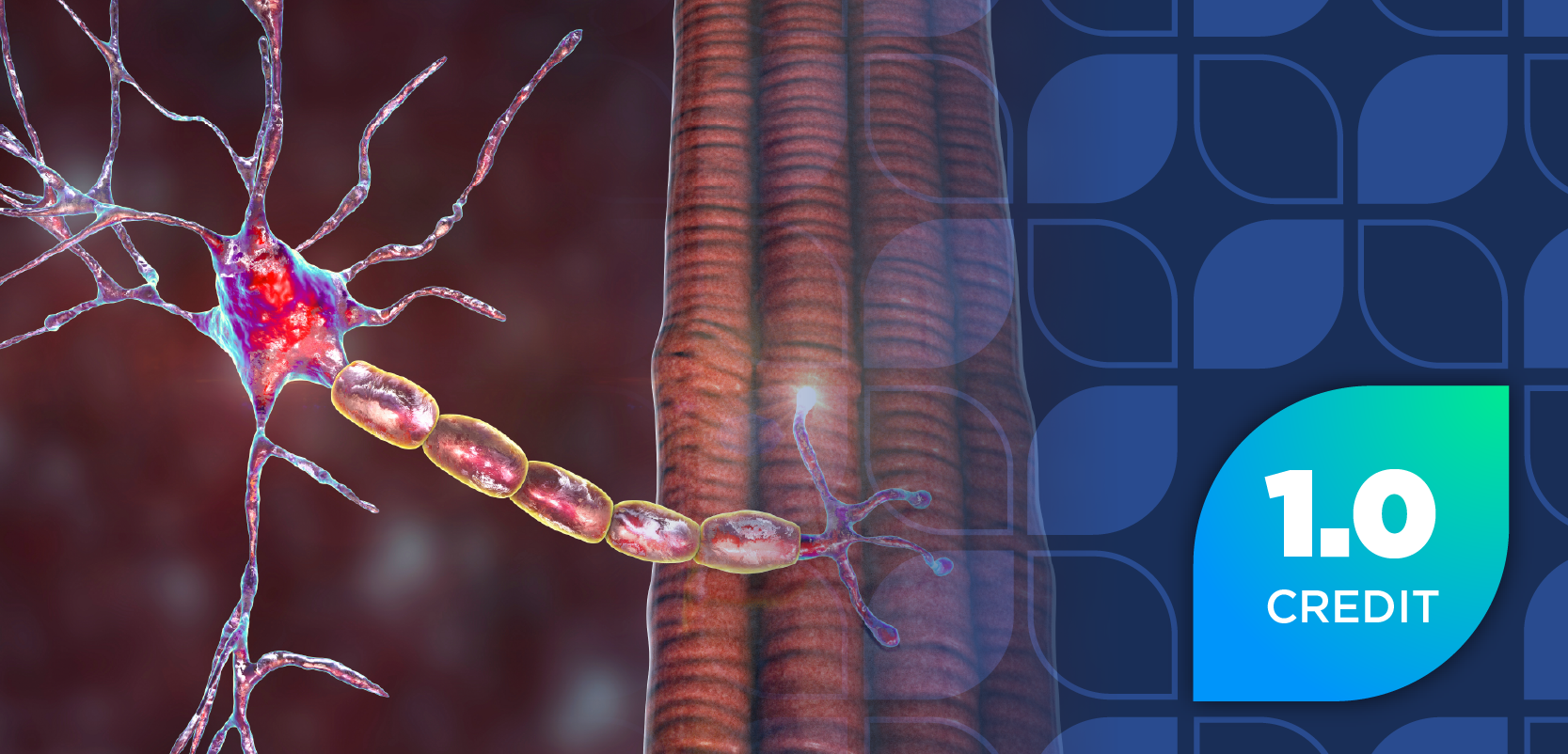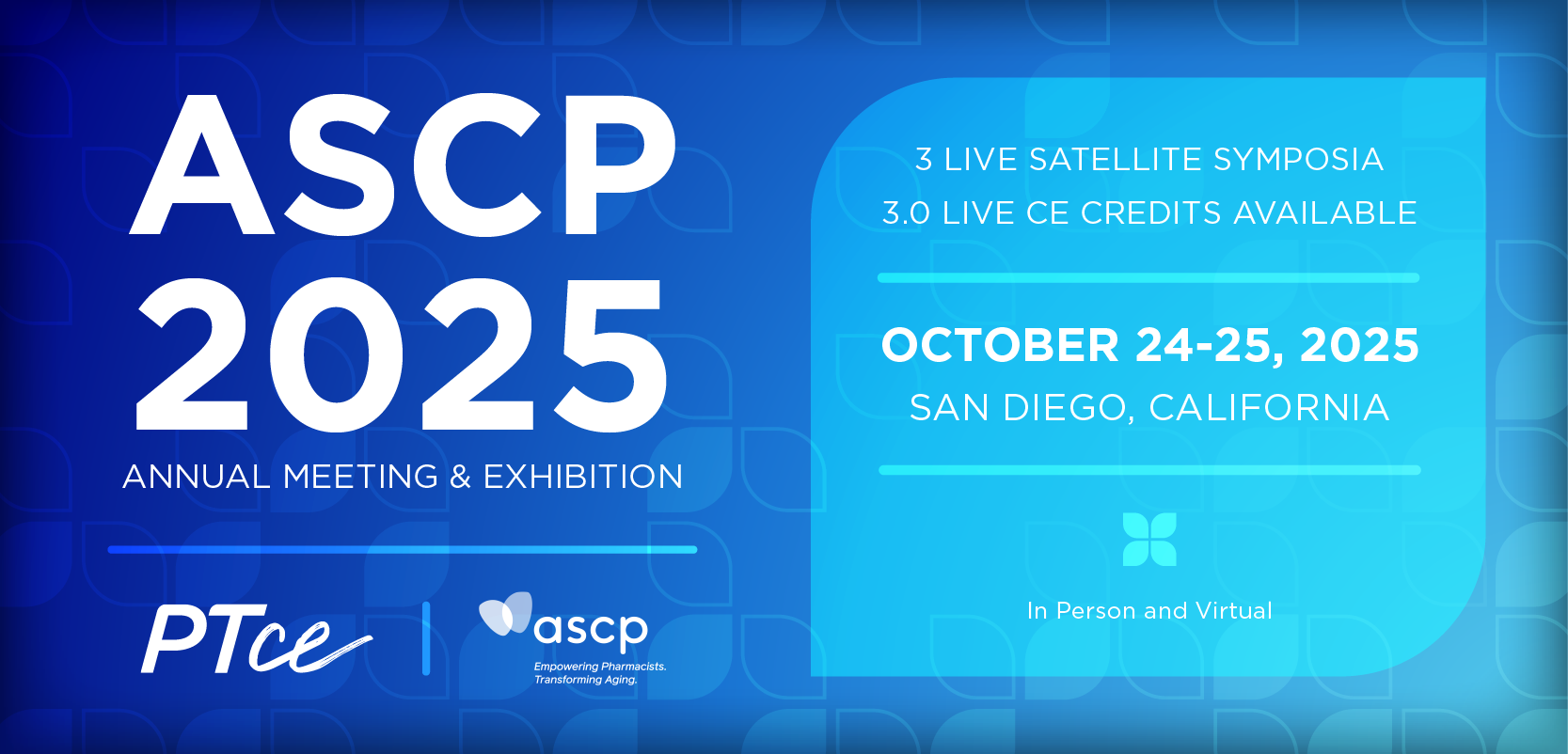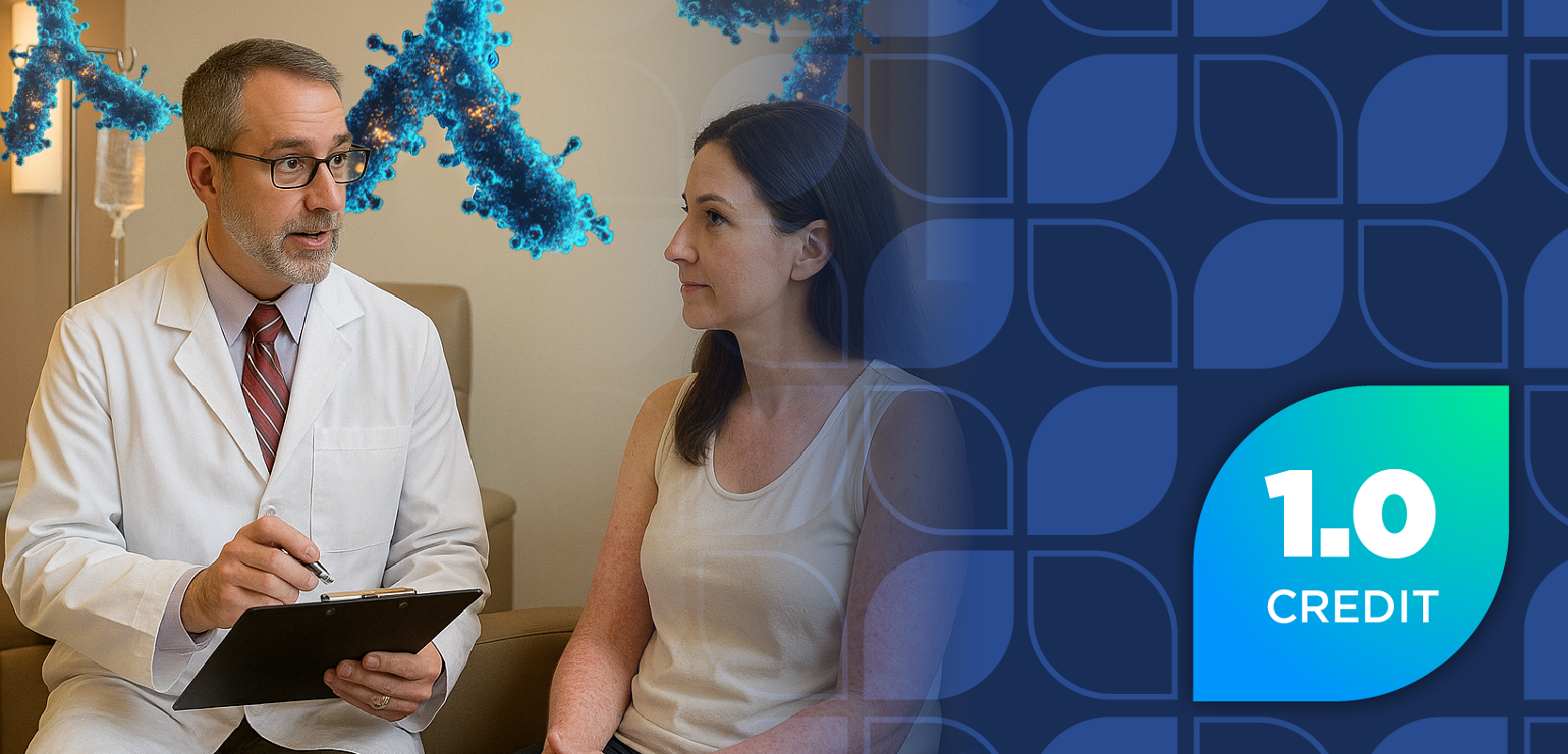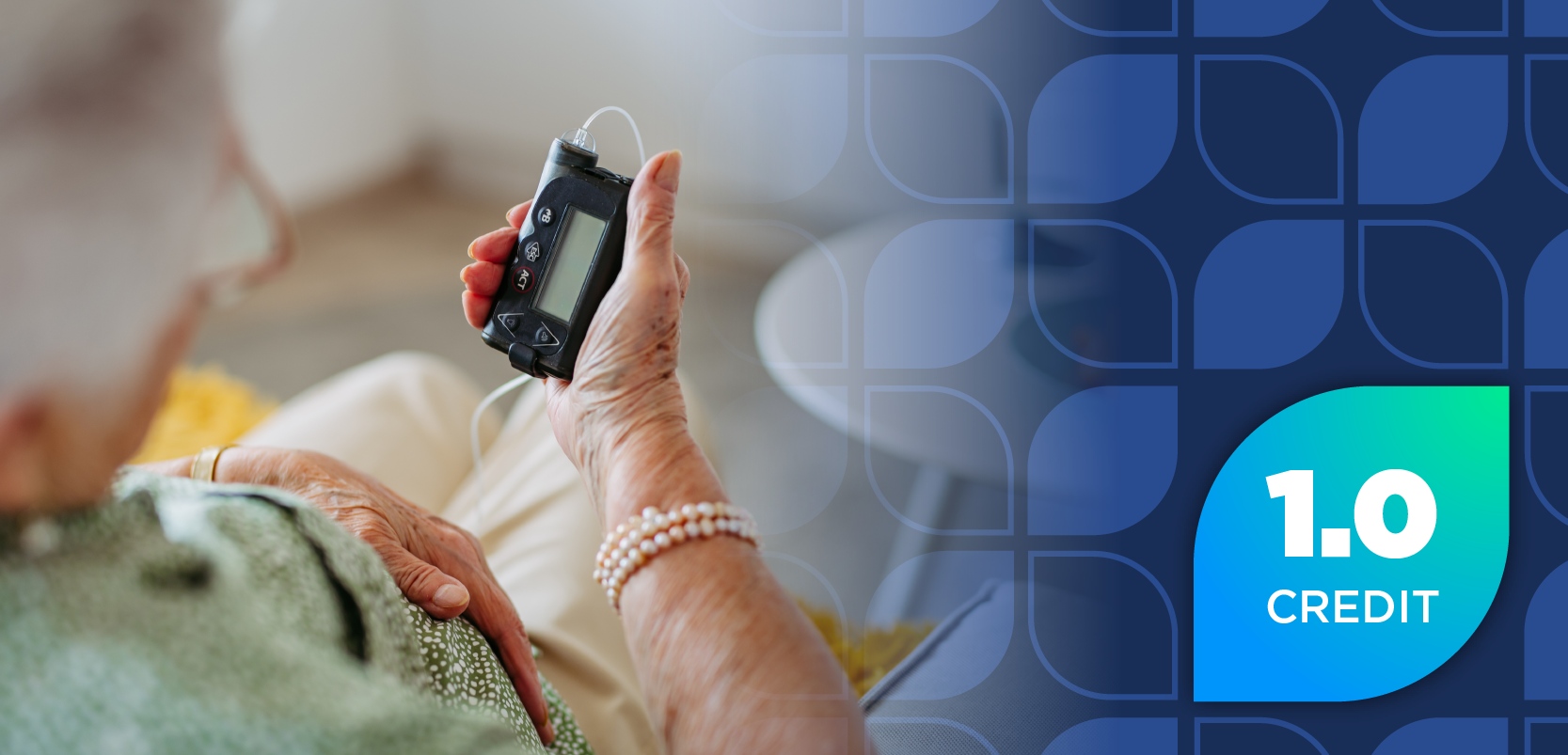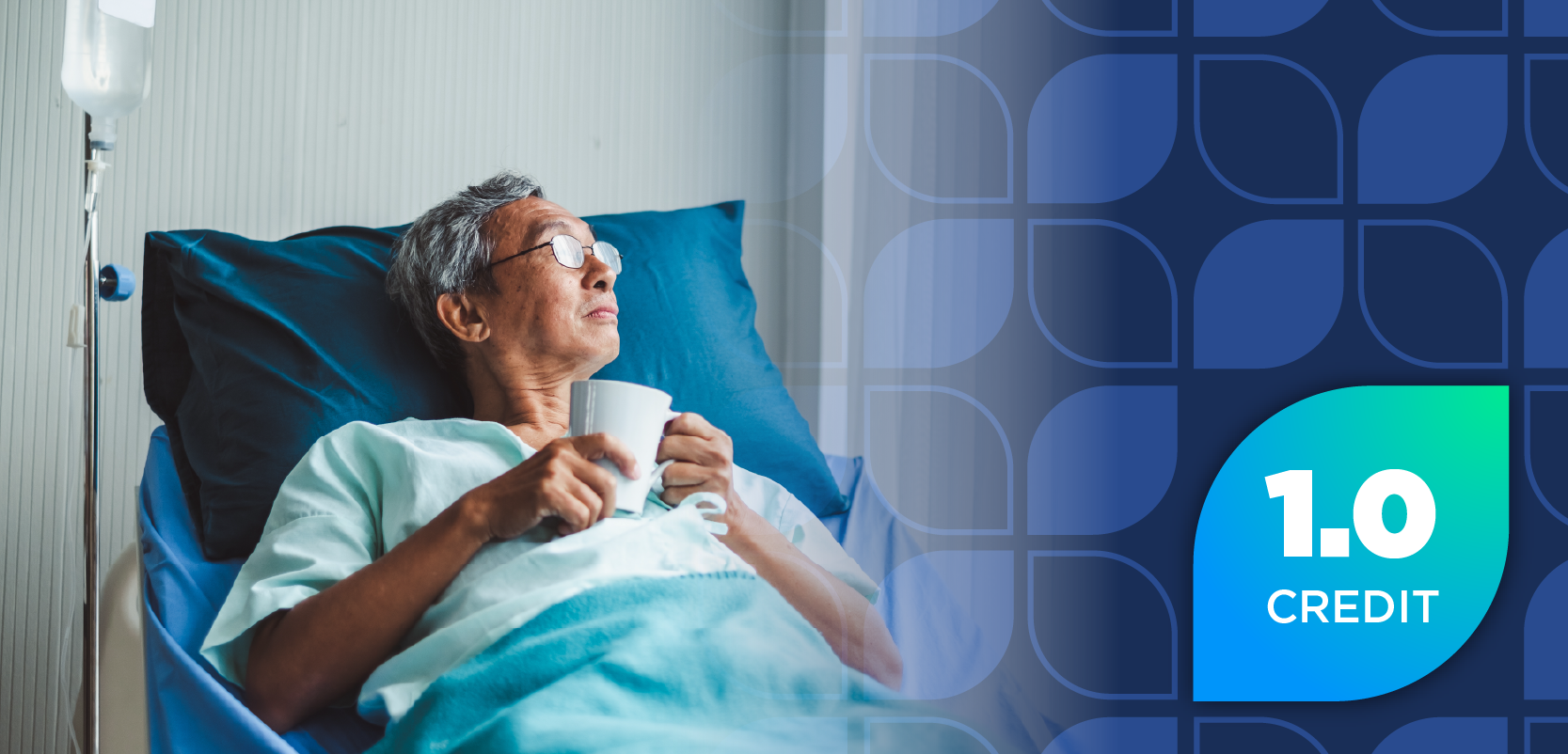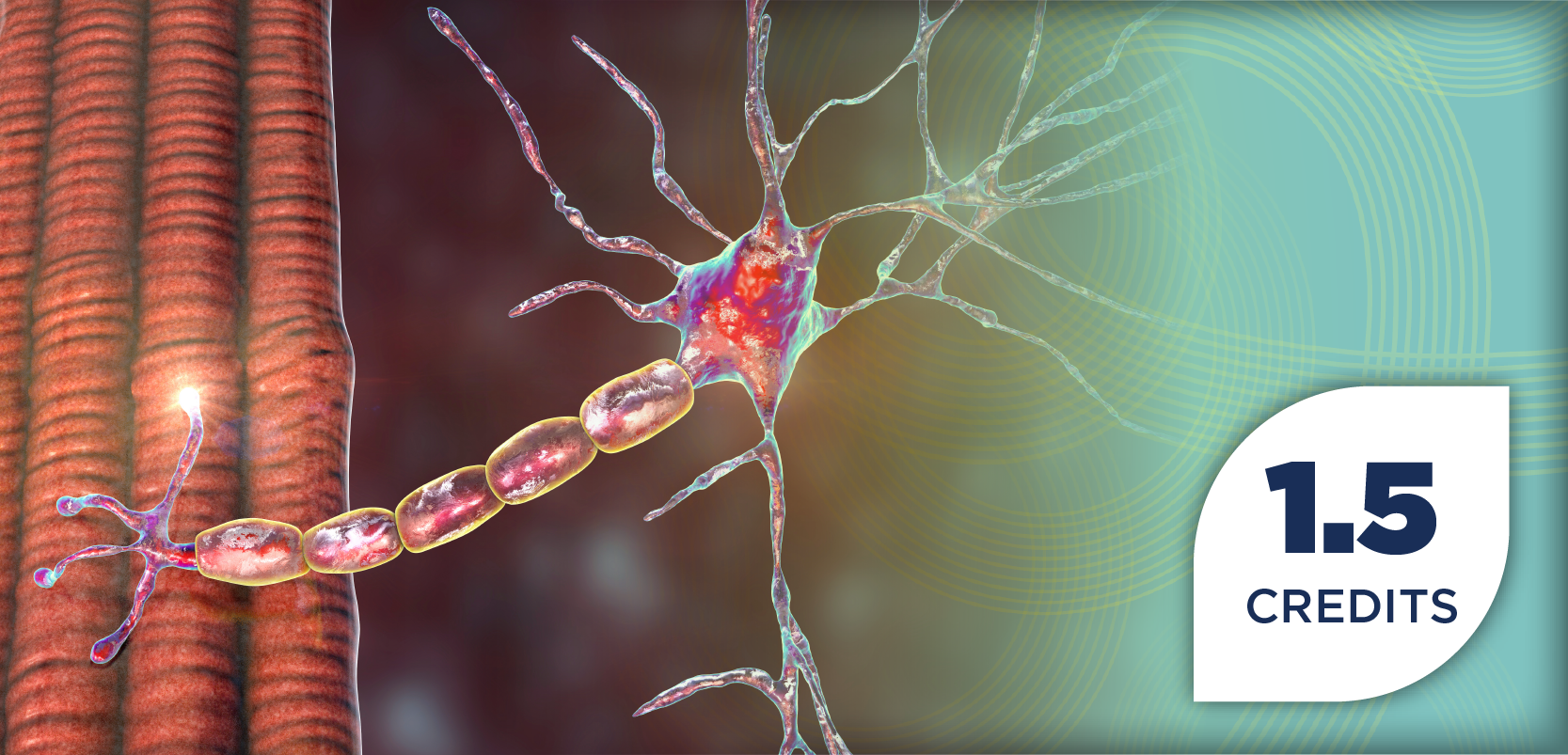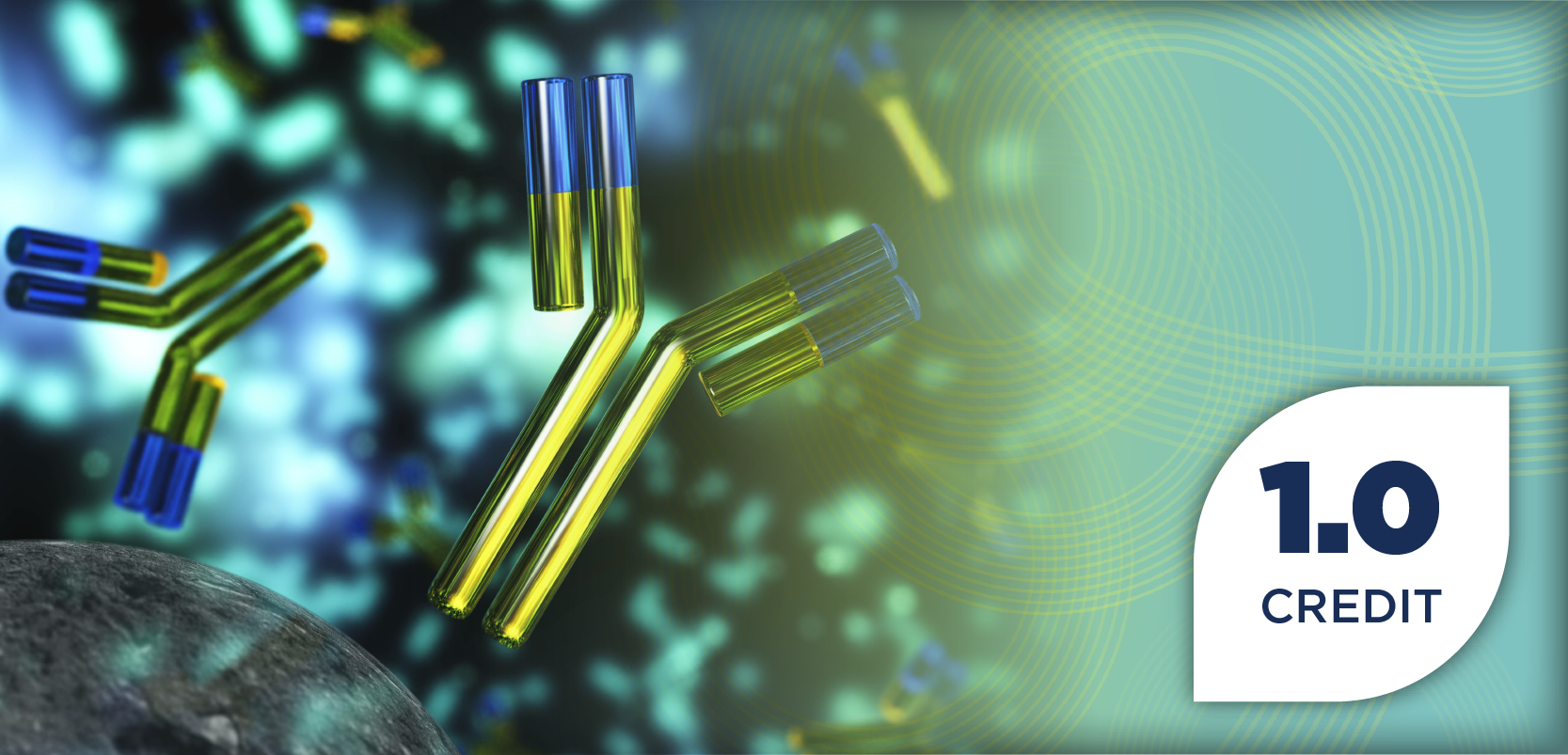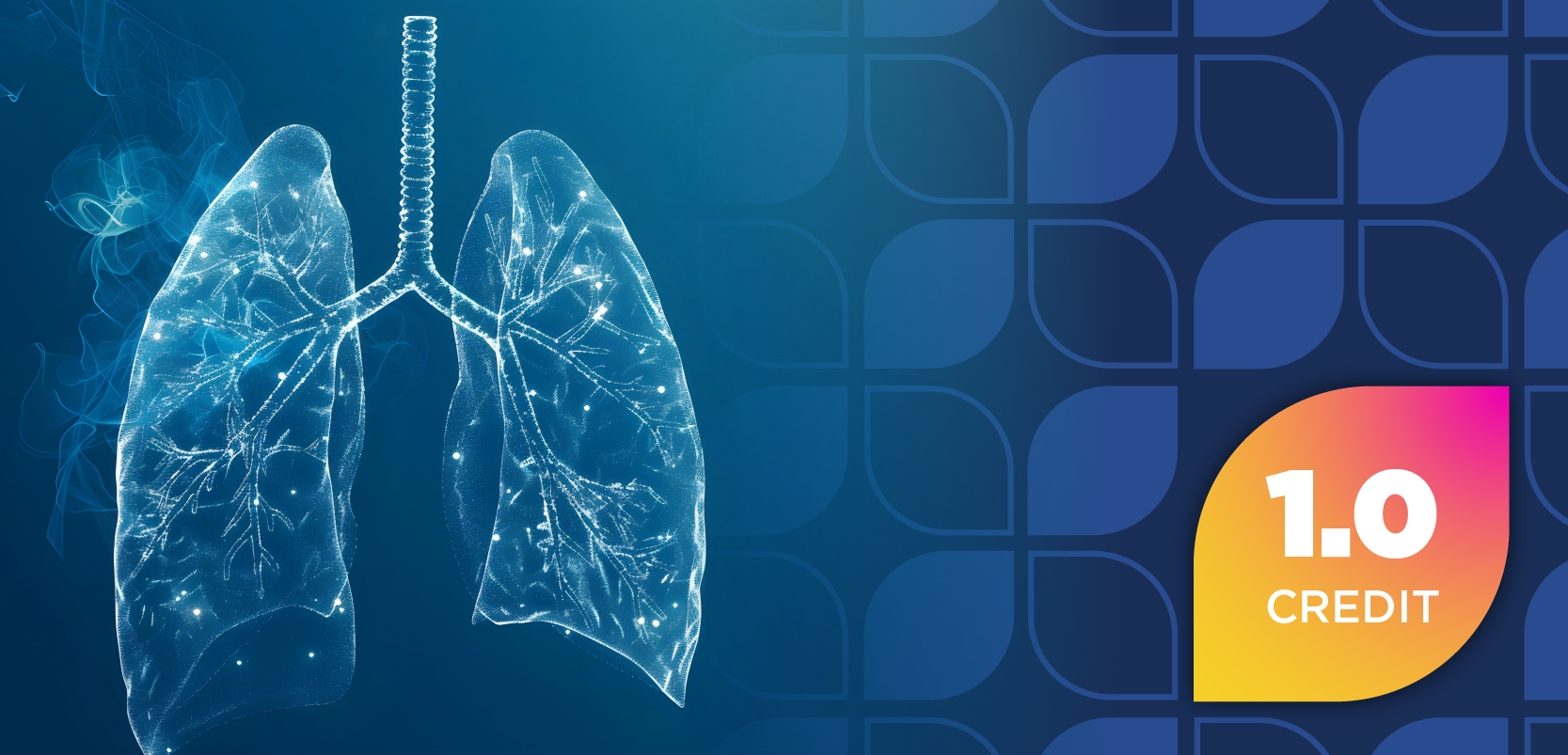
Belantamab Mafodotin Triplet Improved Survival, Responses in Patients Refractory to Lenalidomide
Key Takeaways
- BVd showed superior PFS and OS in lenalidomide-refractory RRMM patients compared to DVd, with a median PFS of 35.7 months vs 13.5 months.
- The 36-month OS was 74% with BVd, significantly higher than the 50% observed with DVd, indicating sustained survival benefits.
Belantamab mafodotin with bortezomib shows promising survival benefits for lenalidomide-refractory multiple myeloma patients.
Belantamab mafodotin (Blenrep; GSK) plus bortezomib (Velcade; Millennium/Takeda, Janssen Pharmaceutical Companies) and dexamethasone yielded favorable progression-free and overall survival (PFS, OS) in lenalidomide (Revlimid; Celgene Corporation)-refractory patients with relapsed/refractory multiple myeloma (RRMM). The data from the phase 3 DREAMM-7 study (NCT04246047) were presented at the 2025 International Myeloma Society Annual Meeting in Toronto, Canada.1
Lenalidomide is a key component in MM induction regimens and as a maintenance therapy. As its use increases, a growing number of patients become lenalidomide-refractory, narrowing their treatment options.2
DREAMM-7 is a phase 3 randomized, open-label trial that assessed the safety and efficacy of belantamab mafodotin in combination with bortezomib and dexamethasone (arm A; BVd) compared with daratumumab (Darzalex; Janssen Biotech, Inc) in combination with bortezomib and dexamethasone (arm B; DVd) in patients with RRMM. The patients were randomized 1:1 to receive either 8 cycles of BVd in 3-week cycles (n = 243) or DVd weekly in cycles 1 to 3 and every 3 weeks in cycles 4 through 8 (n = 251), followed by belantamab mafodotin monotherapy.2
The post hoc analyses evaluated PFS, OS, and DOR in patients who had received 1 prior line of therapy (LOT) and were refractory to lenalidomide. In the intent-to-treat (ITT) population (BVd, 124/243; DVd, 125/251), approximately half had received 1 prior LOT, 52% had prior lenalidomide exposure, and 33.6% were refractory. Among these, 21 patients in the BVd group and 27 in the DVd group were refractory at first relapse.2
Patients with RRMM refractory to lenalidomide at second line achieved superior outcomes with BVd, showing a median PFS of 35.7 months vs 13.5 months with DVd (95% CI, 6.6–26.3; HR, 0.39; 95% CI, 0.17–0.88). The estimated 24-month PFS was 67% (95% CI, 41%–84%) with BVd compared with 35% (95% CI, 17%–53%) with DVd.2
At data cutoff, 38% of patients in the BVd arm and 44% in the DVd arm had died. Median OS was not reached with BVd (95% CI, 35.7 month–NE), whereas DVd demonstrated a median OS of 35.4 months (95% CI, 24.4 month–NE; HR, 0.64; 95% CI, 0.26–1.59). At 36 months, OS was 74% with BVd vs 50% with DVd.2
For DOR, DVd showed superiority. BVd had not reached median DOR (95% CI, 16.2 month–NE), compared with 13.1 months for DVd (95% CI, 7.0 month–NE).2
“In lenalidomide-refractory patients at first relapse, BVd showed favorable PFS benefits, early and sustained OS benefits, and durable responses vs DVd,” the authors wrote. “These results support the consideration of BVd as a new potential standard of care for lenalidomide-refractory patients with RRMM and only 1 prior LOT, addressing a critical unmet need in this population.”2
REFERENCES
1. Evaluation of efficacy and safety of belantamab mafodotin, bortezomib and dexamethasone versus daratumumab, bortezomib and dexamethasone in participants with relapsed/refractory multiple myeloma (DREAMM 7). Clinicaltrials.gov. Updated October 24, 2024. Accessed September 22, 2025. https://clinicaltrials.gov/study/NCT04246047
2. Hungria V, Robak P, Hus M, et al. outcomes in second-line lenalidomide refractory patients in the phase 3 DREAMM-7 study of belantamab mafodotin, bortezomib (v), and dexamethasone (d) vs daratumumab-Vd in RRMM. 2025 International Myeloma Society Annual Meeting. September 17, 2025, to September 20, 2025. Toronto, Canada. Abstract 494
Newsletter
Stay informed on drug updates, treatment guidelines, and pharmacy practice trends—subscribe to Pharmacy Times for weekly clinical insights.

